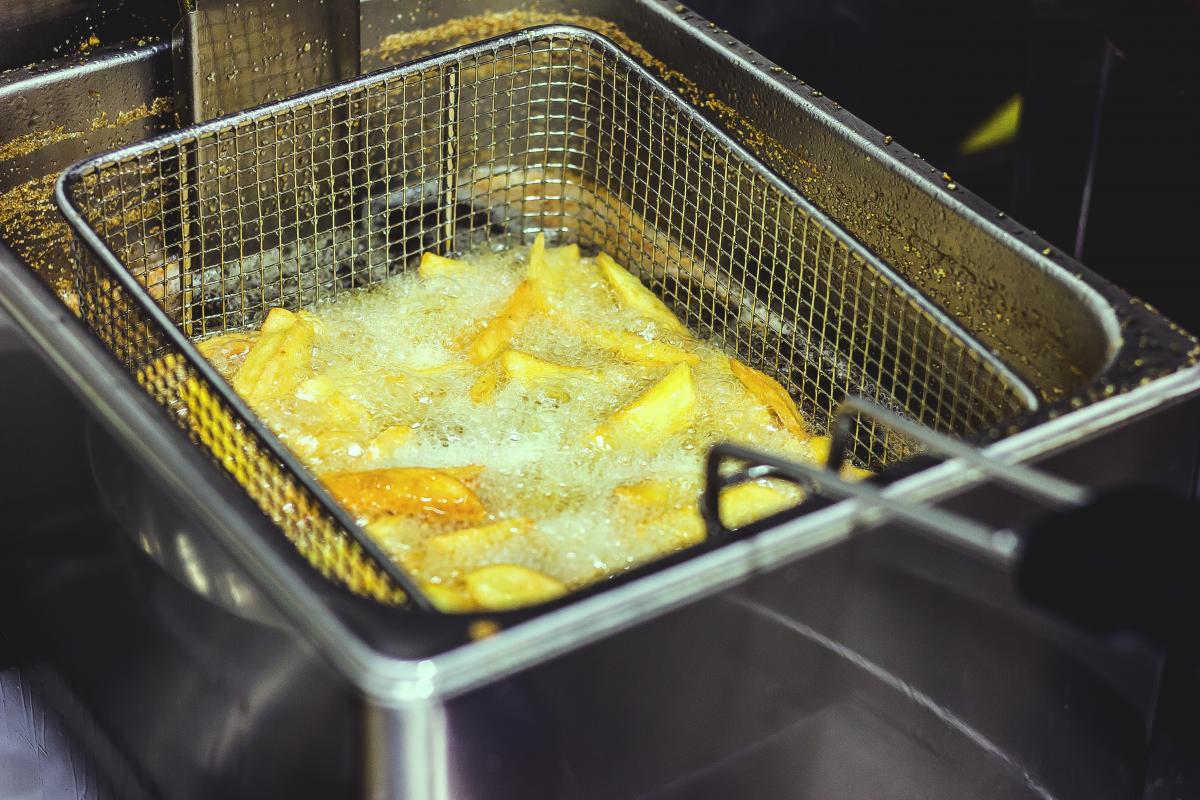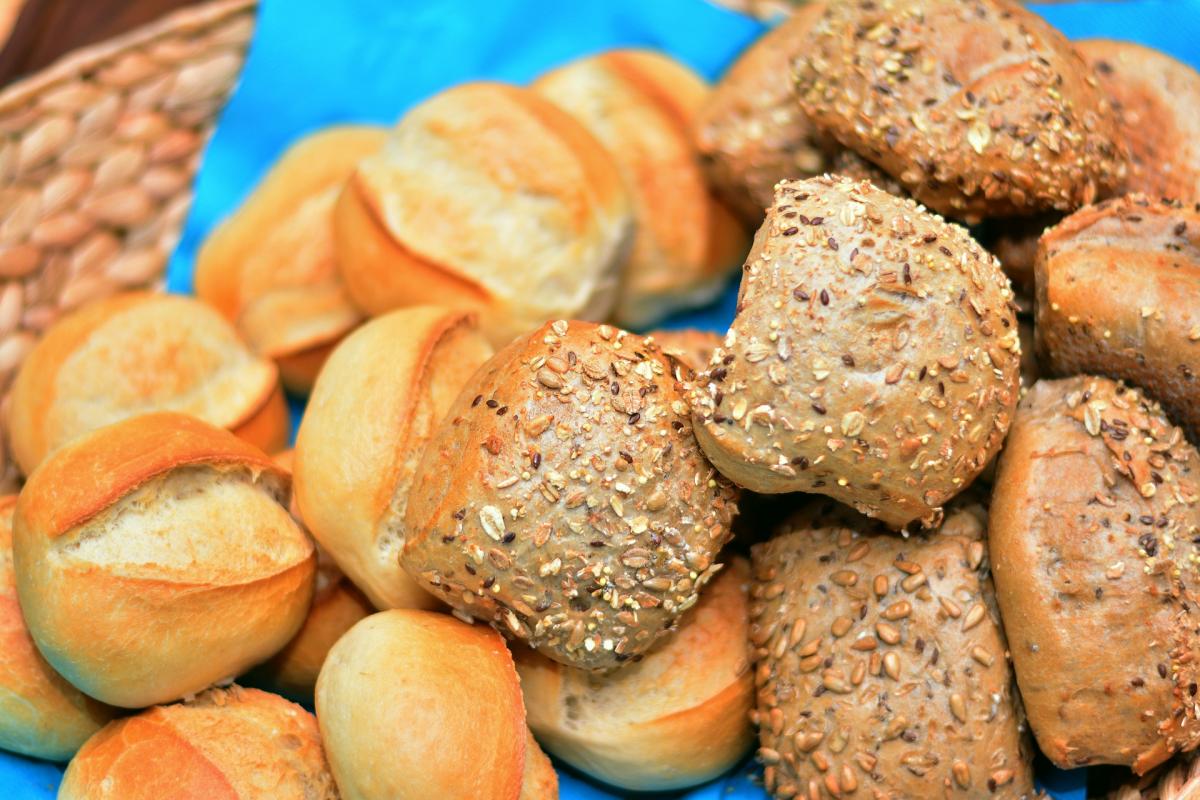THE POPULARITY of fats and oils for dietary purposes has undergone a good deal of ebbs and flows in the recent past, particularly when pertaining to their relationship to high cholesterol and related diseases. Conventional fats and oils are chemically termed triglycerides, and belong to the group of organic compounds called lipids, which basically comprise fatty acid compounds, or the derivatives of fatty acids[i]. Cholesterol is also a member of the lipids group, which makes its relationship to fats and oils a virtually inseparable one, hence earning fats and oils the much- dreaded reputation of causing high cholesterol, which would in turn lead to associated diseases like coronary heart disease, stroke and hypertension.
Trans fats in particular are the most feared with regard to causing high cholesterol – and rightly so. Trans fats rose rapidly in popularity with food manufacturers several decades ago due to its physical characteristics, especially that of a longer shelf-life, but as knowledge of its properties expanded, so did awareness of the aftermath of its consumption. As far back as 1993, Harvard researchers found that partially hydrogenated vegetable oils (a major source of trans fats) increase the risk of coronary heart disease in women[ii], and more recent research has shown similar findings, as well as provided explanations for this: Trans fats have been proven to decrease the levels of HDL (high-density lipoprotein, or ‘good’ cholesterol) as well as increase the levels of LDL (low-density lipoprotein, or ‘bad’ cholesterol) in the blood[iii],[iv].

Due to the nature of fat substitutes, their chemical compositions and properties may differ to varying degrees in the final products, and as such food manufacturers will need to choose the relevant substitute very carefully
Indeed, such are the levels of fear that trans fats have instigated, that on 16 June 2015, the US Food and Drug Administration (FDA) officially ruled that trans fats were ‘no longer recognised as safe’, and food manufacturers in the United States were given three years (until June 2018) to completely remove all trans fats from their products[v]. That being said, consumer acceptance and appreciation of a product is undoubtedly highly dependent on said product’s flavour and taste, and fats and oils are a major contributor in this area because they provide attributes such as creaminess and lubricity, which weigh in heavily when it comes to making a product ‘delicious’[vi]. Food manufacturers have to do much more than just remove fats and oils from products if they wish to stay in business, and this is where the industry of fat and oil replacers comes in.
Replacements developed
Strictly speaking, there are two types of fat replacers available in the market today: fat substitutes, and fat mimetics. Fat substitutes, as true to their name, are basically fat-based fat replacers that use different types of fat-based molecules to replace triglycerides (conventional fats and oils). Fat mimetics make use of molecules that imitate triglyceride properties but are generally protein-based or carbohydrate-based.

Some fat-based fat replacers can be used to substitute the fat content in bakery products, while providing no calories when consumed
Fat substitutes: Fat-based fat replacers
Fat-based fat replacers are generally made from fatty acid molecules that are chemically altered such as to be too large to be digested and absorbed by the digestive system, which means that they can provide the requisite mouthfeel, flavour and taste in foods, but will not contribute any fat or calories metabolically or nutritionally[vii]. One of the most common fat substitutes available is olestra, comprising sucrose and fat molecules, and which is approved by the FDA to replace up to 100% of conventional fat in savoury snacks, but not sweet ones, as well as for frying purposes6. Olestra is generally marketed under its brand name Olean®, under the Procter and Gamble company.
Emulsifiers are another form of fat-based fat replacers that are frequently found in the market, most commonly used to replace fat in baking and dairy products. Mono- and diglycerides, sucrose fatty acid esters, polyglycerol esters and lechitin are among the usual emulsifiers, and can act together with water to provide the required aeration and lubricity. Dur-Lo™ is a vegetable oil mono- and diglyceride emulsifier marketed by Loders Croklaan, which is used to replace all or part of the fat content in bakery mixes, icings, and dairy products
Salatrim, short for the term ‘short and long chain acyl triglyceride molecule’, is considered to be a novel food additive that is accepted as a fat substitute. It is marketed under the brand BenefatTM, and was approved by the European Commission in 2003[viii]. However, as over-consumption of fat substitutes comes with the possible derogatory effects of fat-soluble vitamin loss and/or gastro-intestinal adverse reactions, products containing salatrim are recommended to come with a warning against use for children as well as against excessive consumption due to potential gastro-intestinal side effects.
Fat substitutes will bring down the total fat and calorie content of a product, but due to the nature of their chemical compositions, properties like aroma, taste and texture may differ to varying degrees in the final products, and as such food manufacturers who intend to use fat substitutes as part of their product ingredients will need to pick and choose the relevant fat substitute carefully.

Cellulose has been used as a fat replacer in hot dogs with a respectable degree of success
Fat mimetics: Carbohydrate-based fat replacers
The world of fat mimetics is somewhat more complicated than that of fat substitutes, mostly because there is an even wider array of fat-replacing options to choose from here. The first big group of fat mimetics comprise of carbohydrate-based fat replacers. There is a broad spectrum of carbohydrate substances that can be used for fat-replacing applications, from cellulose to fibres to the inulin and maltodextrins. Some of these fall into the digestible category, e.g. starches, and will contribute around 4kcal/g of calories to the diet, whereas non-digestible carbohydrates will provide few to no calories6.
Cellulose is one of the most well-known carbohydrate-based fat replacers, mainly due to it having gained popularity as a saturated fat replacement in hot dogs back in 2012[ix],[x]. The type of cellulose used here was ethyl cellulose, close to the cellulose found in regular fruits and vegetables, but with its chemically adjusted into the required structure for this purpose. Cellulose is digestible and does contribute some calories when consumed, so the main property that made scientists consider this something of a breakthrough was its ability to gel to form fibrous structures that produced similar textures to regular hot dogs, calculated based on its ‘chewiness’ – encompassing the physical properties of hardness, cohesiveness and chewiness9. At the time, the researchers predicted halving the content of regular fat in the hot dogs and still maintaining the flavour. That said, the ethyl cellulose still required the presence of canola oil to fully display its properties, and it could not be used to replace the fats in softer foods like ice cream, hence it is not a one-size-fits-all option.
The use of cellulose-based fat replacers has been somewhat broadened more recently though. METHOCEL™ by Dow Food Solutions is a cellulose-based option that can be used in meat, dairy and bakery products to reduce fat content[xi]. Avicel® Cellulose Gel uses colloidal microcrystalline cellulose (MCC) to form its gel network which boasts increased stability[xii], whereas the Avicel-Plus® version claims to offer even more enhanced properties in terms of flavour, texture and more comparable mouthfeel to that of higher-fat-containing products[xiii].
On the other hand, inulin is a storage carbohydrate that occurs naturally in many plants. Industrially, inulin is most commonly extracted from chicory[xiv], and can contribute about one calorie per gram[xv] when consumed. Inulin has many fat replacement applications, especially in the dairy sector for ice-creams, yogurts and cheeses, many of which have been researched considerably[xvi],[xvii] and found to be comparable to products with regular fat content in terms of chemical characteristics, although no conclusions were drawn in terms of taste or mouthfeel. This considered, there are many inulin-containing products available in the market, from Frutafit® to Fibruline®.
Fat mimetics: Protein-based fat replacers
The final type of fat replacer is the protein-based fat replacer. These fat mimetics are made from naturally occurring proteins in whey, soy, gelatine, egg whites, etc. which are blended to trap water and form a creamy liquid that has somewhat similar mouthfeel and texture with that of fat6,7. These are widely used in dairy products, but not for frying as their chemical structures are unable to withstand the frying process.
SIMPLESSE® is a protein-based fat replacer made from whey protein and is considered a form of microparticulated protein. What this generally means is that the protein is denatured and then partially coagulated to create the molecules of the desired size[xviii], hence these small-sized proteins will form a product that provides fat-like creaminess.
The applications for fat and oil replacers spread far and wide, but to date no generalised option has been discovered, whether within fats, carbohydrates or proteins. Keeping in mind that taste and product enjoyment are still the key factors for product marketability, making a selection from available fat replacement options needs to be a careful process, that incorporates conducting the required depth of market research and testing in order to ensure that the resulting product is satisfactory for both existing and new customers alike.
[i] https://www.sciencedirect.com/science/article/pii/B9780123918826000066
[ii] Willett, W.C. et. al. 1993. Intake of trans fatty acids and risk of coronary heart disease among women. Lancet, 341(8845): 581-585. DOI:
[iii] https://www.hsph.harvard.edu/nutritionsource/transfats/
[iv] https://www.ncbi.nlm.nih.gov/pmc/articles/PMC2830458/
[v] https://www.floridatoday.com/story/money/business/2016/03/02/trans-fats-now-banned-fda/81002162/
[vi] http://www.ift.org/knowledge-center/read-ift-publications/science-reports/scientific-status-summaries/fat-replacers.aspx
[vii] https://www.sciencedirect.com/topics/agricultural-and-biological-sciences/fat-substitute
[viii] http://eur-lex.europa.eu/LexUriServ/LexUriServ.do?uri=OJ:L:2003:326:0032:0034:EN:PDF
[ix] https://www.scientificamerican.com/article/something-to-chew-on/
[x] Campagnol, C. B. N. et. al. 2012. Amorphous cellulose gel as a fat substitute in fermented sausages. Meat Science, 90 (1): 36-42. DOI: https://doi.org/10.1016/j.meatsci.2011.05.026
[xi] https://www.dow.com/en-us/food/solutions/health/fat-replacement-oil-reduction?arrowMenu=815f423b-ea22-4bc5-a1c3-3cd89ae4ccaf_85fad054-34e2-49df-8fc7-6b923415a7a0
[xii] https://www.ulprospector.com/en/na/Food/Detail/2981/89260/Avicel-Cellulose-Gel
[xiii] https://www.ulprospector.com/en/na/Food/Detail/2981/89282/Avicel-Plus-Cellulose-Gel
[xiv] Roberfroid, M.B. 2007. Inulin-Type Fructans: Functional Food Ingredients. The Journal of Nutrition, 137(11): 2493S–2502S. DOI: https://doi.org/10.1093/jn/137.11.2493S
[xv] https://caloriecontrol.org/glossary-of-fat-replacers/
[xvi] Guven, M., et.al. 2005. The effect of inulin as a fat replacer on the quality of set-type yogurt manufacture. International Journal of Dairy Technology, 58(3): 180 – 184. DOI: 10.1111/j.1471-0307.2005.00210.x
[xvii] Tiwari, A. et. al., 2014. The effect of inulin as a fat replacer on the quality of low-fat ice cream. International Journal of Dairy Technology, 68(3). DOI: 10.1111/1471-0307.12176.
[xviii] http://www.inofood.cl/neo_2011/pdf/PRE_PDF/LUNES_TARDE_2/Microsoft%20PowerPoint%20-%202%20BERIT%20SKINDERSOE%20-%20SPX%20[Modo%20de%20compatibilidad].pdf
Shop Women's Boots

 iConnectHub
iConnectHub
 Login/Register
Login/Register Supplier Login
Supplier Login


























